
Product information
Château Pierre-Bise Savennières ‘Clos de Coulaine’ 2018
Chenin Blanc from Savennières, Loire Valley, France, D'Anjou-Saumur
$59
Description
The extra couple of years here gives us an idea of where the 2020 Roche Aux Moines will head. Honeyed, lemon, baking spices a little of the lanolin character that seems to come through in Chenin from Anjou-Samur. Again the transparency of pear fruit with textural phenolic elements at play. Divine wine. Thirst quenching and delicious.
Only 1 left in stock
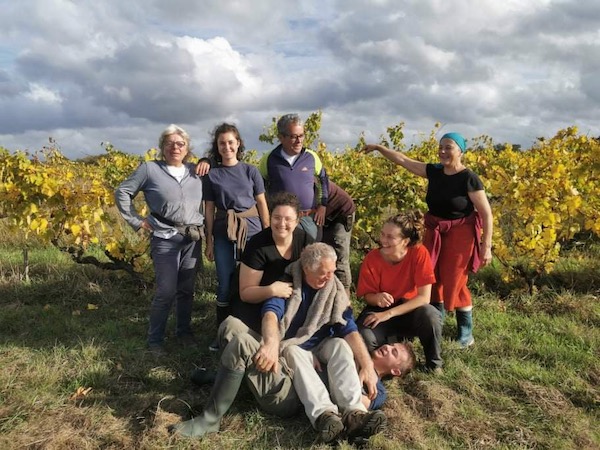

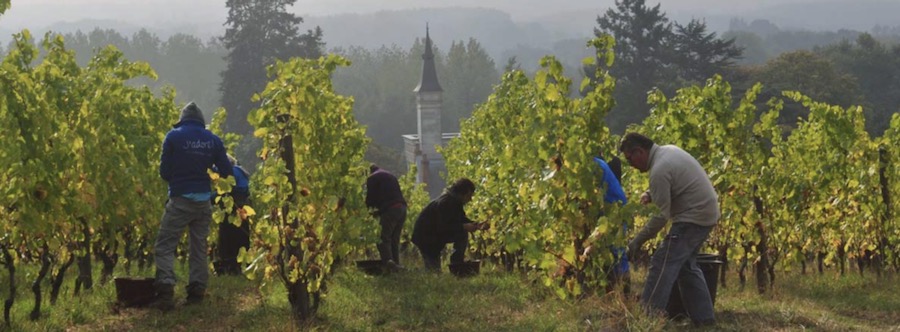
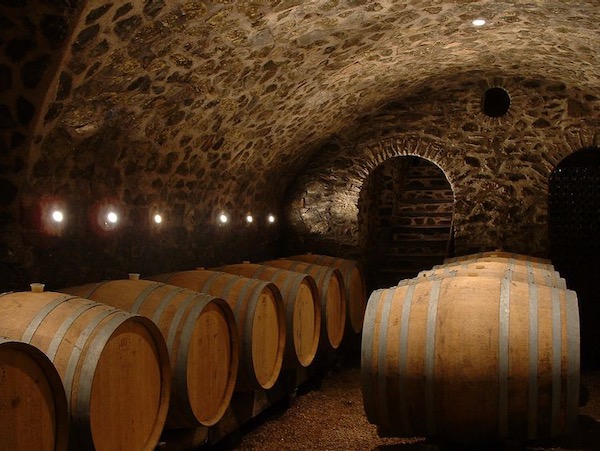

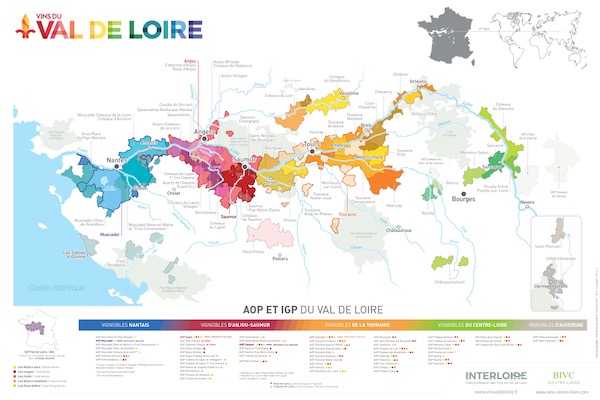
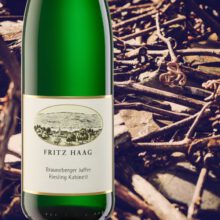
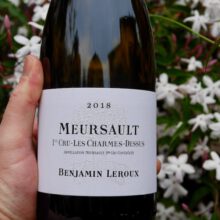
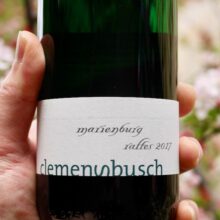

You must be logged in to post a comment.